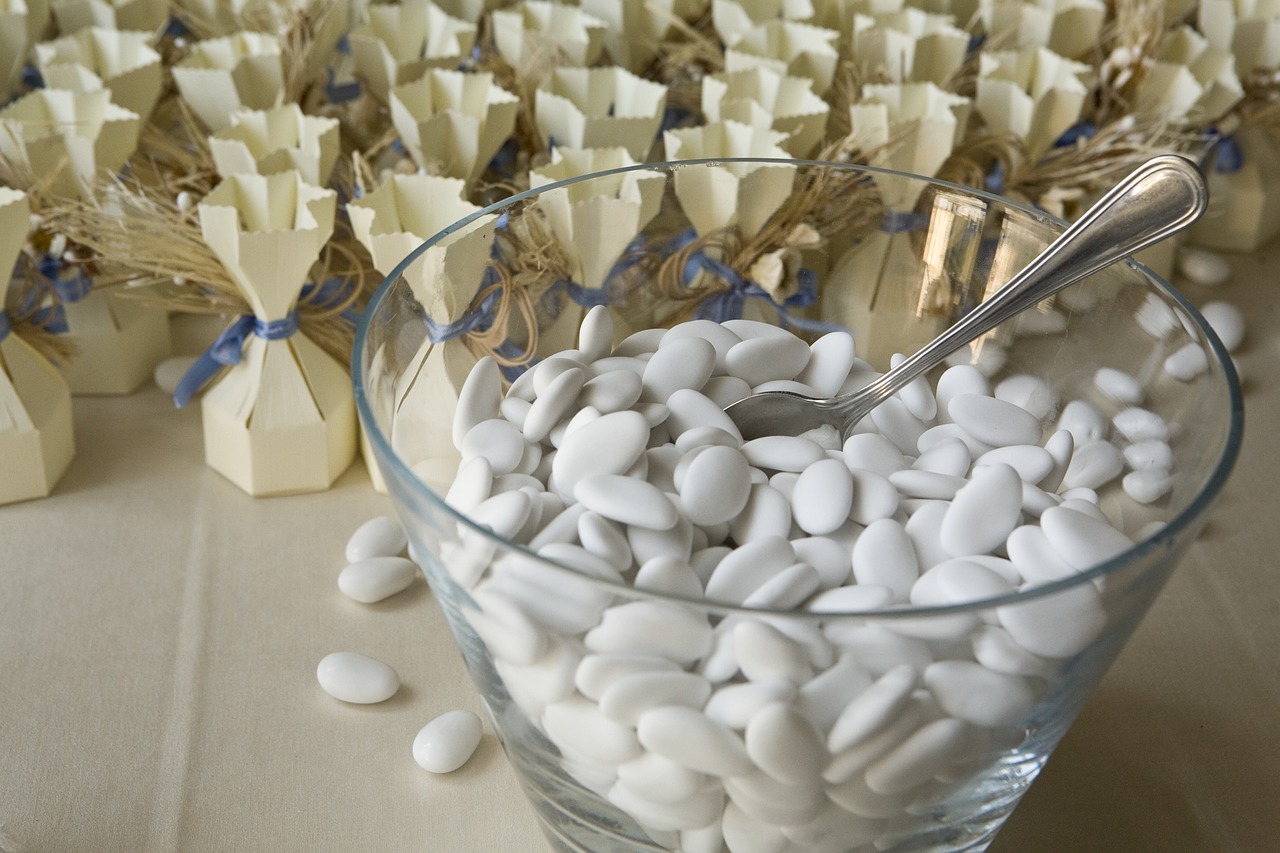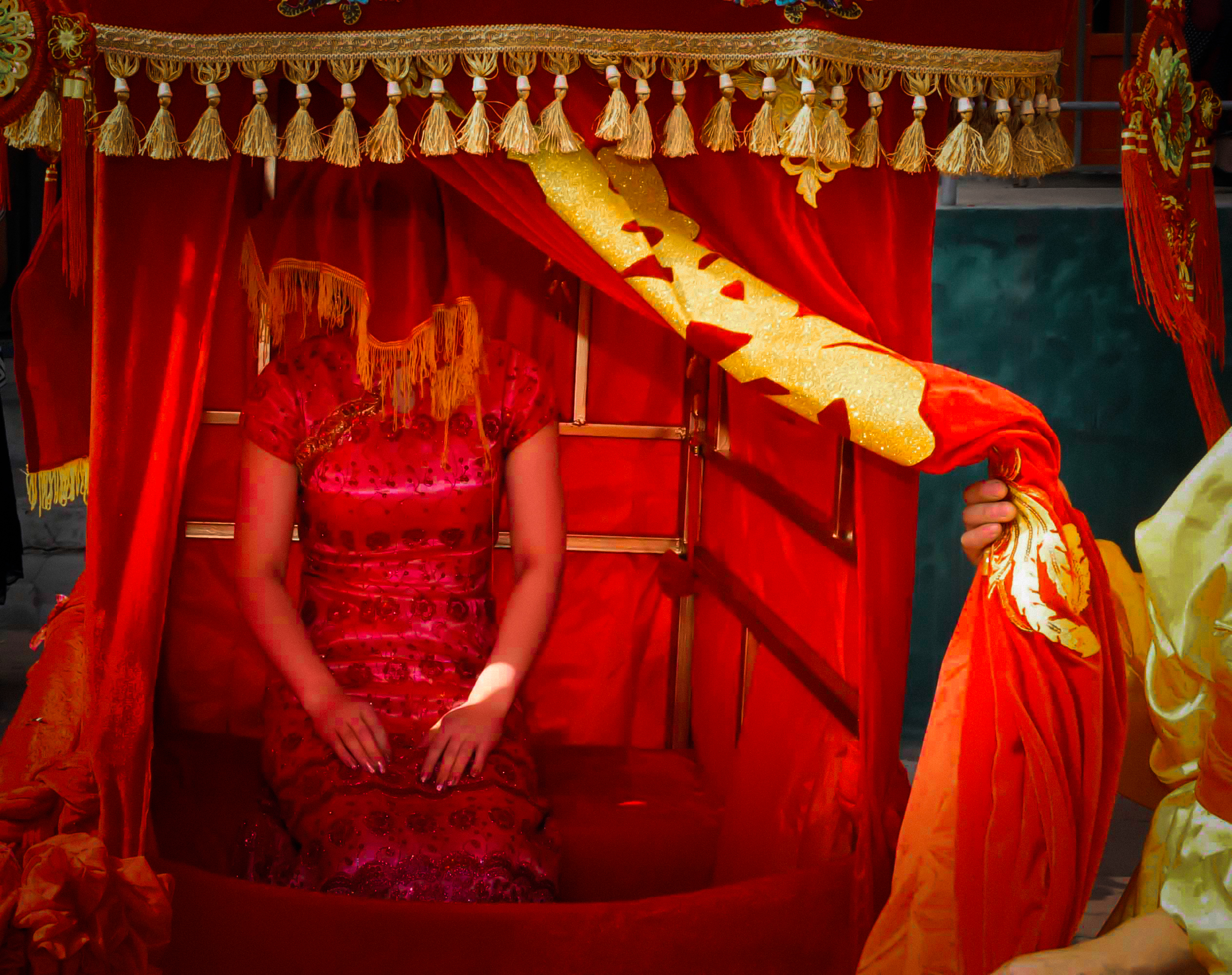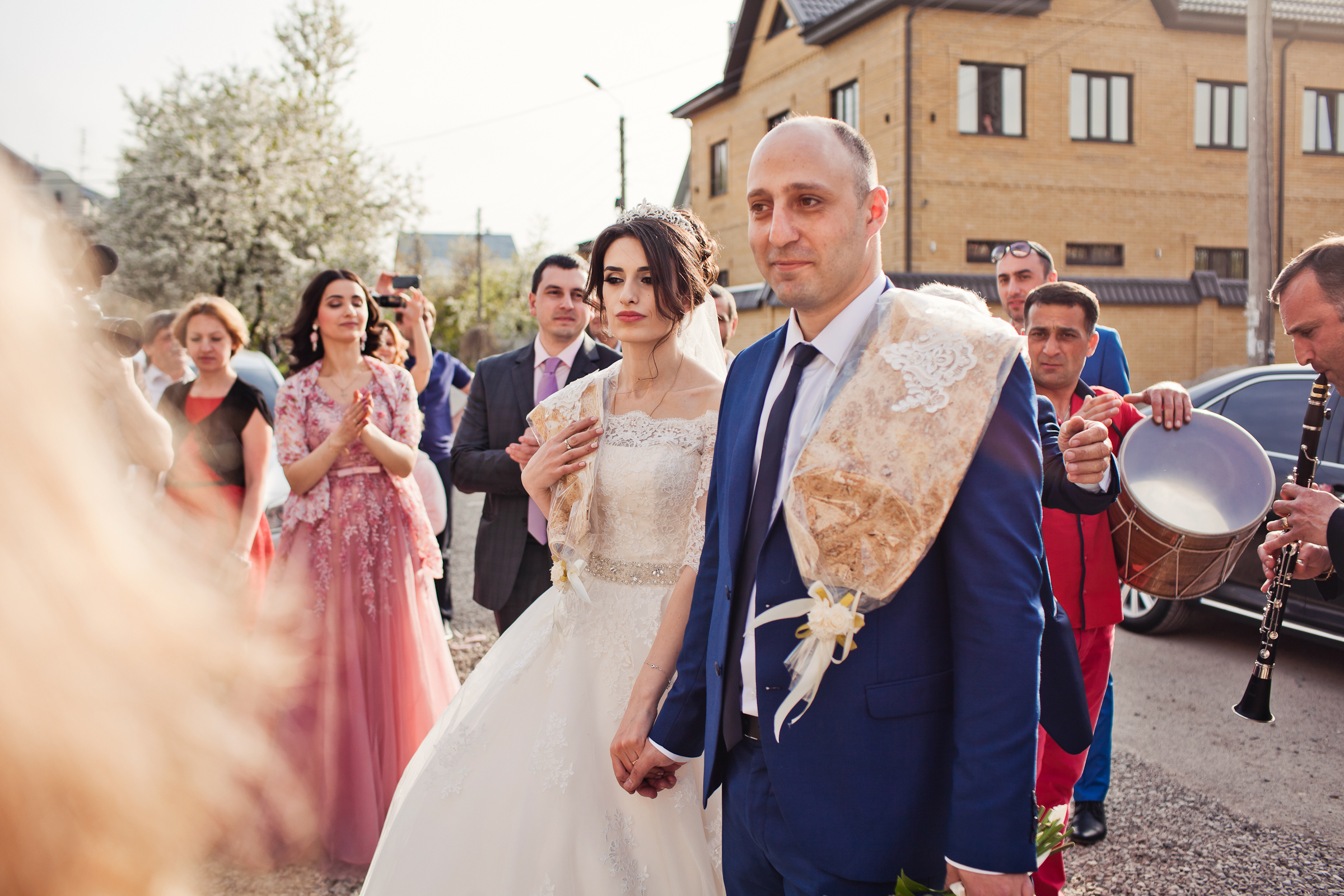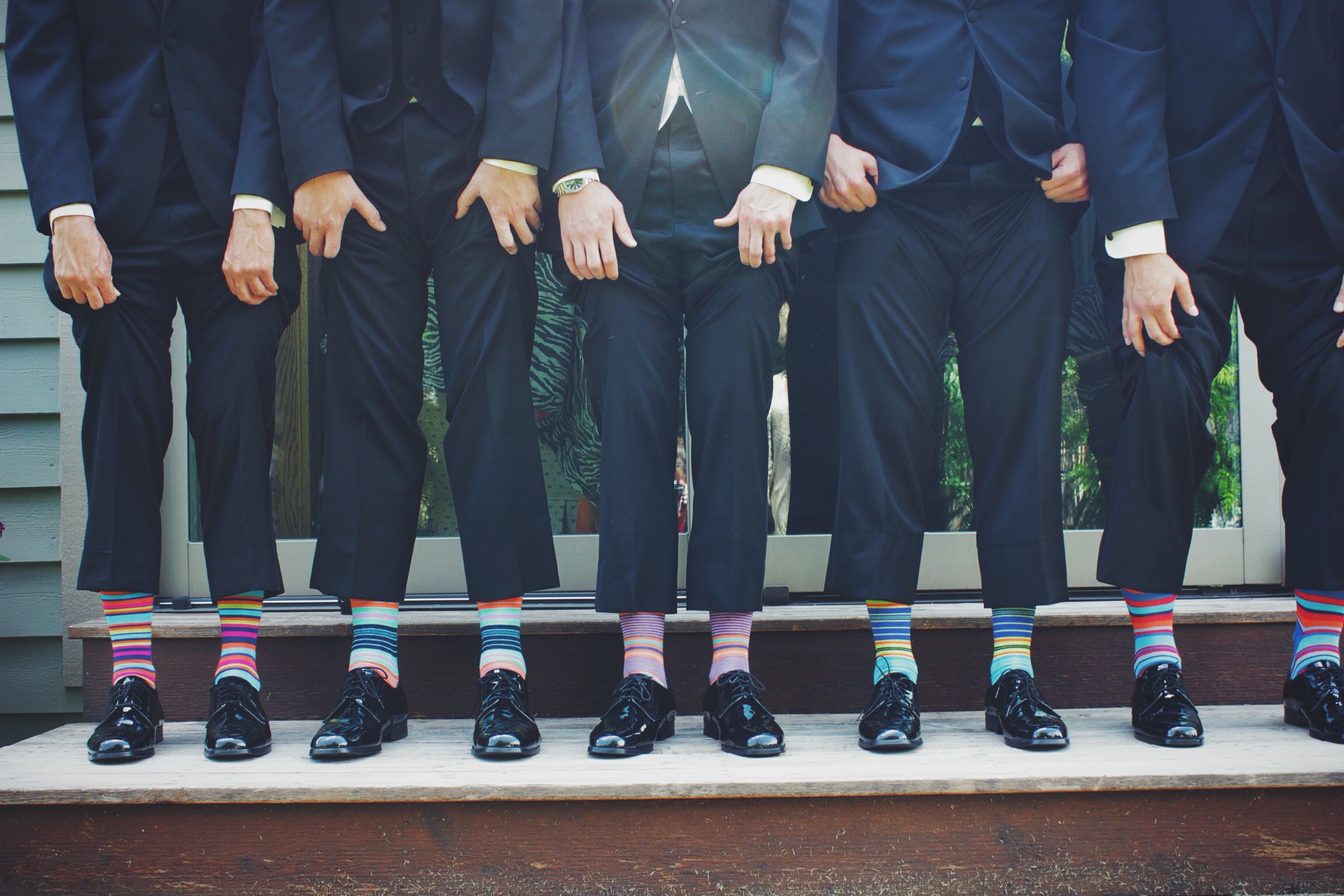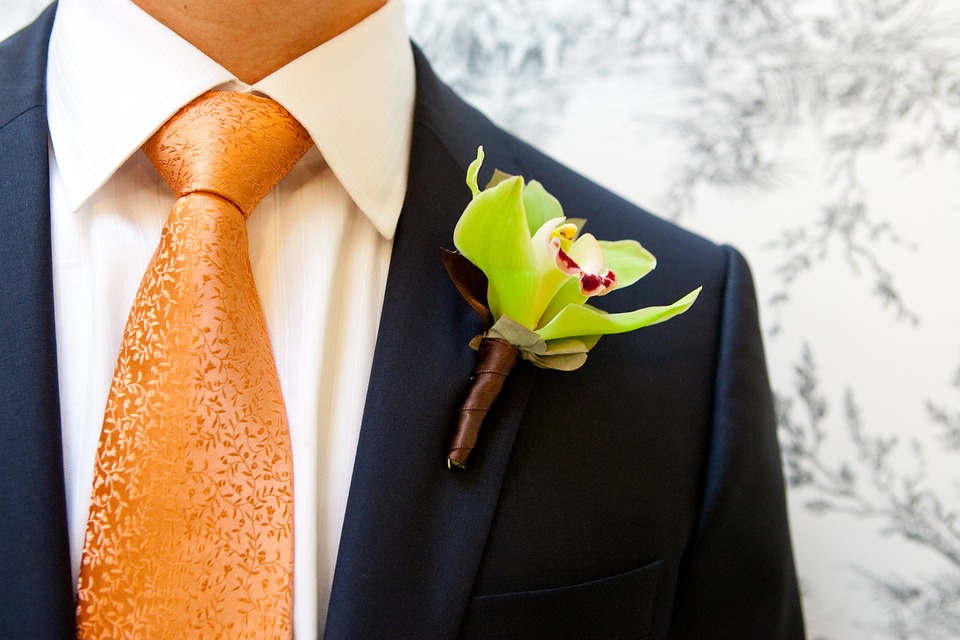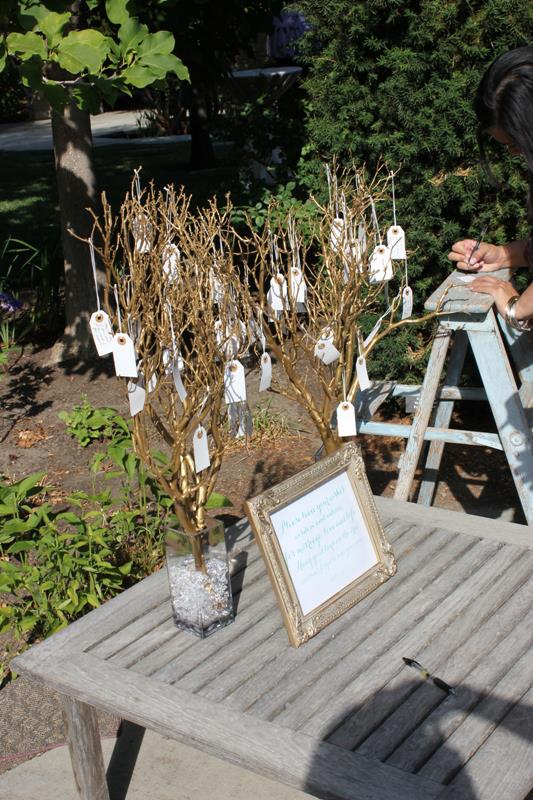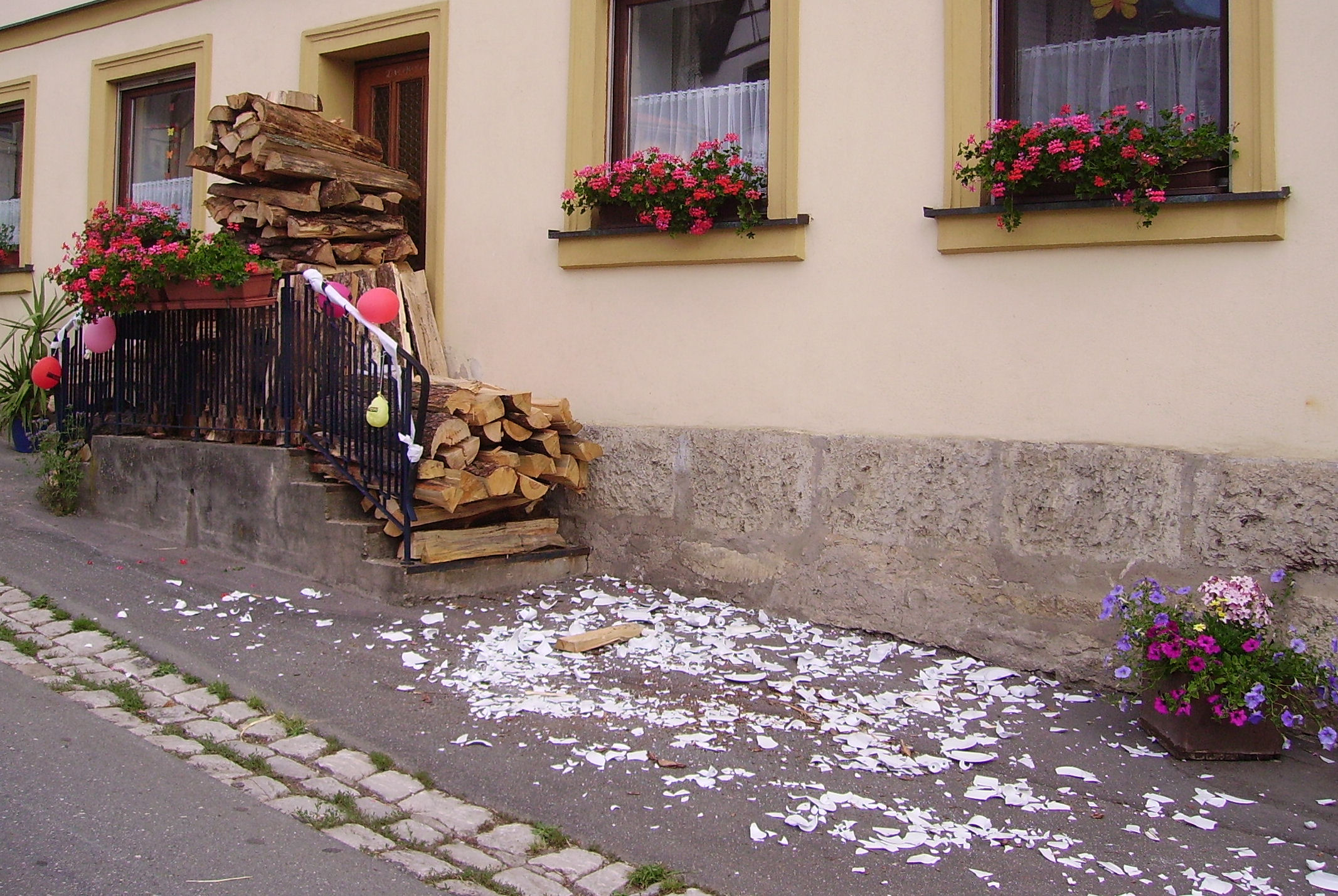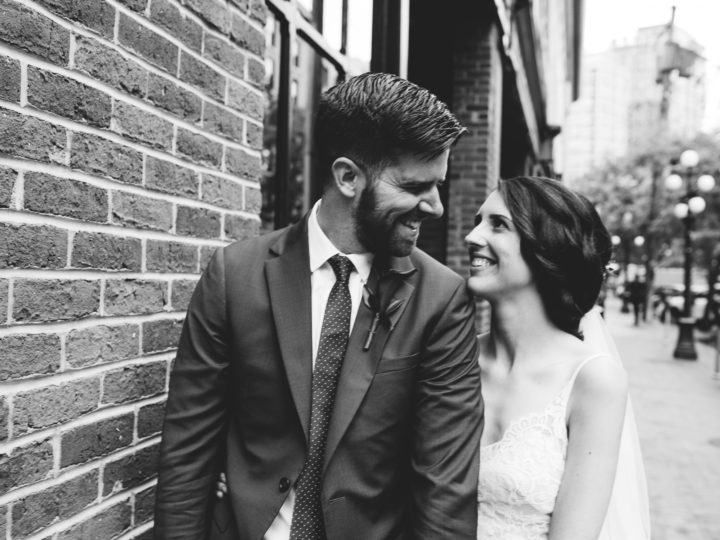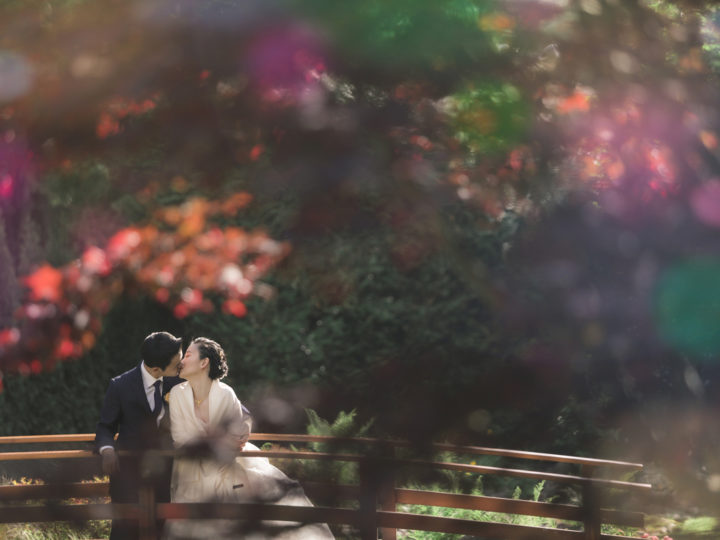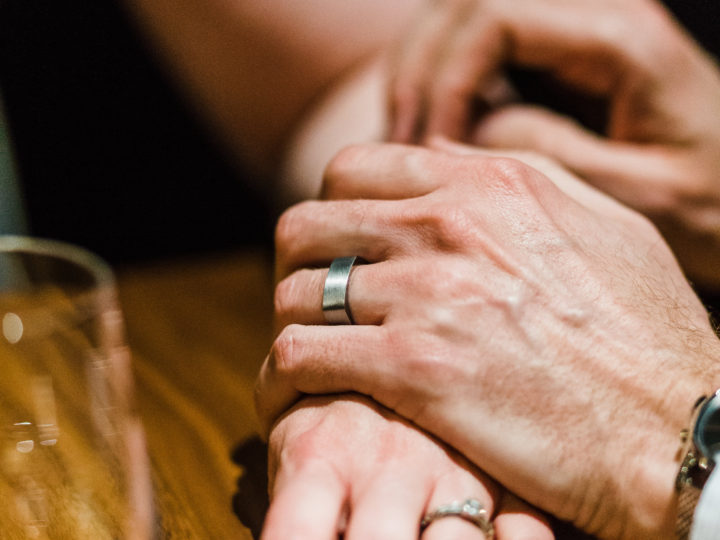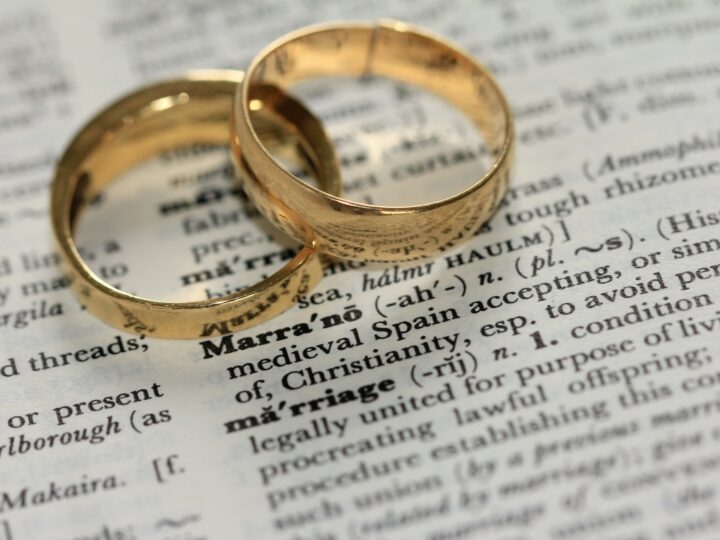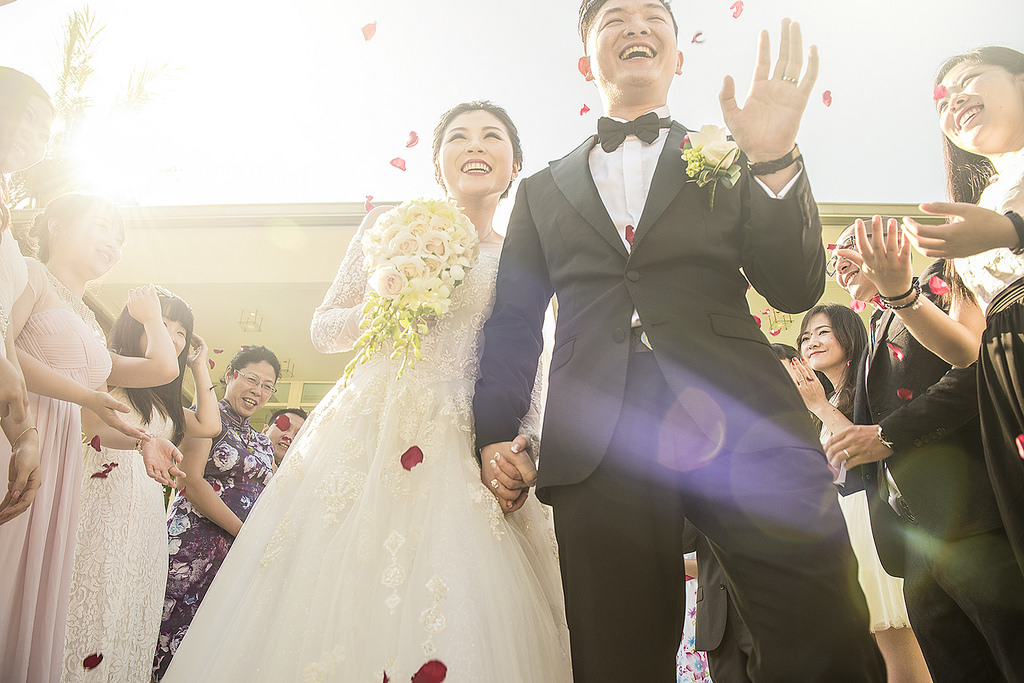

One of our favourite things about creating custom wedding ceremonies is being able to integrate and celebrate wedding traditions from different cultures, religions and groups all around the world. Which got us thinking, how do other people celebrate weddings in their home country?
Below are 23 of the most unique wedding traditions from all around the world. Some may sound familiar to you, some may sound a bit odd, and some may inspire you so much that you incorporate them into your own wedding!
Before we dive in, we will say that, of course, not everyone from these countries takes part in these traditions. For example, you might be reading this and think, “Hey! I’m from Spain and we don’t do that!” Some of these traditions may just pertain to a certain part of the country or culture, or may have new modern variations. As well, some of these wedding traditions cross countries and cultures, occurring in multiple places around the world.
Let’s travel the world and discover 23 local wedding traditions!
PS: Want even more? Check out 20 more wedding traditions from around the world!
Italian wedding traditions: Shower you in candy
In traditional Italian weddings, guests are given a bag of candy, usually colourful candied almonds, to throw over the couple as they exit their ceremony. You may now see these candied almonds appearing as wedding favours at receptions. The almonds represent health, wealth, happiness, fertility and longevity.
Mexican wedding tradition: Literally tying the knot
Once the vows have been said, couples in Mexico are then tied together with a rope by their friends and family. The rope, which may be decorated with crystals and beads, is tied in a figure eight shape to represent the couple’s eternal unity.
Russian wedding ritual: Playing hard to get
Vykup nevesty is a Russian wedding tradition where the groom will have to play games and pass through a series of challenges in order to pick up his bride for the wedding. The bridesmaids will instruct the groom to sing songs, recite poems and even pay a ransom, which usually results in the groom being presented with one of his male friends in a dress, before the bride eventually comes out.
German wedding ritual: The couple who saws together…
Baumstamm sägen is a German wedding tradition where the newlywed couple will use a handsaw to cut a large log in half. Sounds like tough work! This symbolizes the way the couple will have to work together in the future. As this takes place during the wedding, while the couple is in their fancy wedding attire, the log is usually partially sawed by the couple’s fathers to save time and effort.
Greek wedding tradition: Barber shop visit
Putting the “groom” into “groomsmen,” a Greek wedding tradition involves the groom visiting a barbershop where his best man will become his barber and shave his face. Talk about trusting your friend! Once clean-shaven, the groom’s new mother-in-law will feed him honey and almonds.
Venezuelan wedding traditions: Disappearing act
In Venezuela, it’s tradition, and a sign of good luck, for the newlywed couple to slip out of their own wedding reception completely unnoticed. We’re not sure how they manage to get away with that as all eyes are usually on the couple!
Chinese wedding ritual: Talk about making an entrance
The journey from a bride’s family home to the groom’s home is an elaborate affair according to Chinese wedding tradition. The bride will ride in a decorated chair that is carried from her home to the groom’s. As she rides, her attendants will shield her with parasols while tossing rice at her. She will also be accompanied by a good luck charm, a woman hired to take care of the bride as she travels.
Southern US wedding tradition: Bury the bourbon
A month before they say their vows, Southern American couples will bury a full bottle of bourbon, upside down, at the spot where they plan to get hitched. Why? Burying bourbon wards off bad weather, of course! Rain or shine, the bottle is dug up on the wedding day and shared with guests during the reception.
Armenian wedding tradition: It’s all about balance
When a newlywed Armenian couple enter their reception, they break a plate for good luck and then are given flatbread and honey by the mother of the groom. They eat a spoonful of honey, symbolizing happiness, and then balance the flatbread on their shoulders to help ward off evil.
Russian wedding tradition: Take a big bite!
Russian wedding traditions seem to be all about the challenges! Newlyweds will be presented with a special sweetbread representing prosperity and faithfulness, called a karavay. Whoever takes the bigger bite is said to be the head of the family.
Niger wedding traditions: Chicken dance? Nope, camel dance!
No one gets a party started better than a camel! A camel is often brought to wedding receptions in Niger where said camel will dance along to a drumbeat, with wedding guests partying alongside.
Swedish wedding traditions: Just add myrtle
A Swedish wedding tradition is to add a sprig of myrtle to the bride’s crown or bouquet. Myrtle symbolizes love, and can often be seen in other attendants’ bouquets and throughout the wedding florals at the ceremony and reception.
Spanish wedding tradition: Dressed in black
A wedding gown has to be white, right? Wrong! Traditionally, Spanish brides wear black dresses to symbolize “till death do us part.” And as far as we’re concerned, you can wear whatever you want, in whatever colour you want, down the aisle!
Turkish wedding tradition: X marks the spot
In Turkey, wedding tradition states that a Turkish flag must be planted at the home of the groom on the day of his wedding. The area is then decorated with other items, like fruits, vegetables and mirrors, to symbolize that a wedding ceremony is taking place there.
French Canadian wedding tradition: Dancing feet
Wearing fancy printed socks to your wedding is definitely a tradition we can get behind. And it seems that it may have started in French Canada, where unmarried siblings of the newlywed couple perform a dance at the wedding reception while wearing wild and colourful socks. If the guests approve of the dance, they can toss money at the dancers, which is then gifted to the couple.
Congolese wedding tradition: No laughing matter
We’re used to seeing smiling photos of newlywed couples. But in the Congo, you won’t see any of that. Congolese newlyweds must not smile throughout their ceremony and reception. Otherwise, it means they are not serious about their marriage.
Spanish wedding ritual: Chop chop!
Cortar la corbata del novio is the Spanish wedding tradition of the groom losing his tie, piece by piece. During the reception, the groom’s attendants and friends will surround him and begin cutting the tie that he’s wearing around his neck. Let’s hope they’re careful! Pieces of the tie are then auctioned off to wedding guests, symbolizing good luck for everyone who gets a piece.
Guatemalan wedding tradition: Ring the bell
After the wedding ceremony, Guatemalan couples and their guests will head to the groom’s house, where a large white ceramic bell will await them. The bell is filled with rice, flour and grains, representing abundance. The mother of the groom will then smash the bell, which brings the newlyweds good luck and prosperity.
Dutch wedding tradition: When you wish upon a tree
Instead of a guest book, Dutch couples prefer a wishing tree. Guests will write notes and well wishes for the couple on tiny pieces of paper, and hang those off the small tree placed at the reception.
Chinese wedding tradition: Practice your aim
A wedding tradition from China involves the groom pulling a Cupid and shooting his bride with a bow and arrow! Before you freak out, know that the arrow is head-less and no one gets hurt during this activity. Once he’s hit the target, the groom will collect the arrows and break them during the wedding ceremony, ensuring their love will be everlasting.
German wedding tradition: Get to sweeping!
Another German wedding tradition is Polterabend. Guests throw porcelain dishes on the ground to ward off evil spirits. It is then the couple’s job to sweep up all of the broken dishes, learning that when they work together, they can face any challenge they meet.
Nigerian wedding traditions: The more the merrier!
In Nigerian traditional weddings, there is no guest list because the entire community is invited. Sure, you don’t have to stress about who is making the cut but now you have to make sure there’s enough food and drink for your entire neighbourhood!
Another Nigerian wedding tradition is called Aso-Ebi, meaning family clothes. In this tradition, each side of the family is assigned a colour to wear to the wedding.
Norse wedding tradition: Odinist rituals
The Odinic Rite is a religious movement that honours Odin, Thor and other gods of Norse mythology. The religion “acknowledges the gods by fostering thought, courage, honor, light, and beauty.” An Odinist wedding would share a lot of traditions with Norse folklore and Viking weddings. For example, these weddings are often held on Fridays, as this is the day dedicated to Frigg, Odin’s wife and the goddess of marriage, love, and fertility.
Did any of these wedding traditions surprise you? We love learning about customs and traditions from all over the world. So much so that we’re diving in to learn more. Check out part two with even more wedding traditions from all around the world!
written by Riana Ang-Canning
Riana Ang-Canning has been working with Young Hip & Married since 2017. She is a professional content writer with experience in travel, lifestyle and weddings. Riana not only writes Young Hip & Married blog posts but is also involved with the company's internal communications, social media, copywriting and more. She knows YHM, and the wedding world, inside and out!

